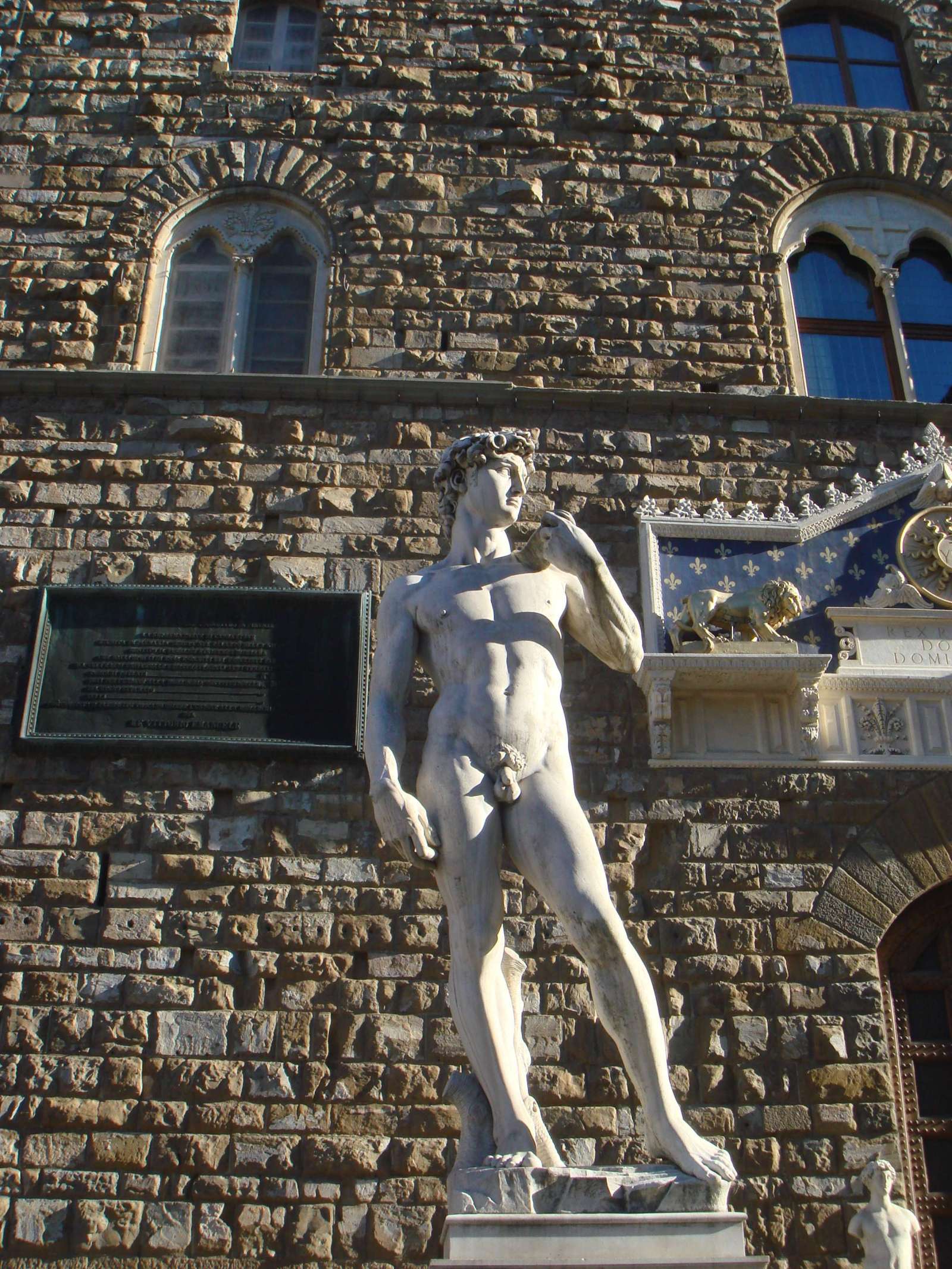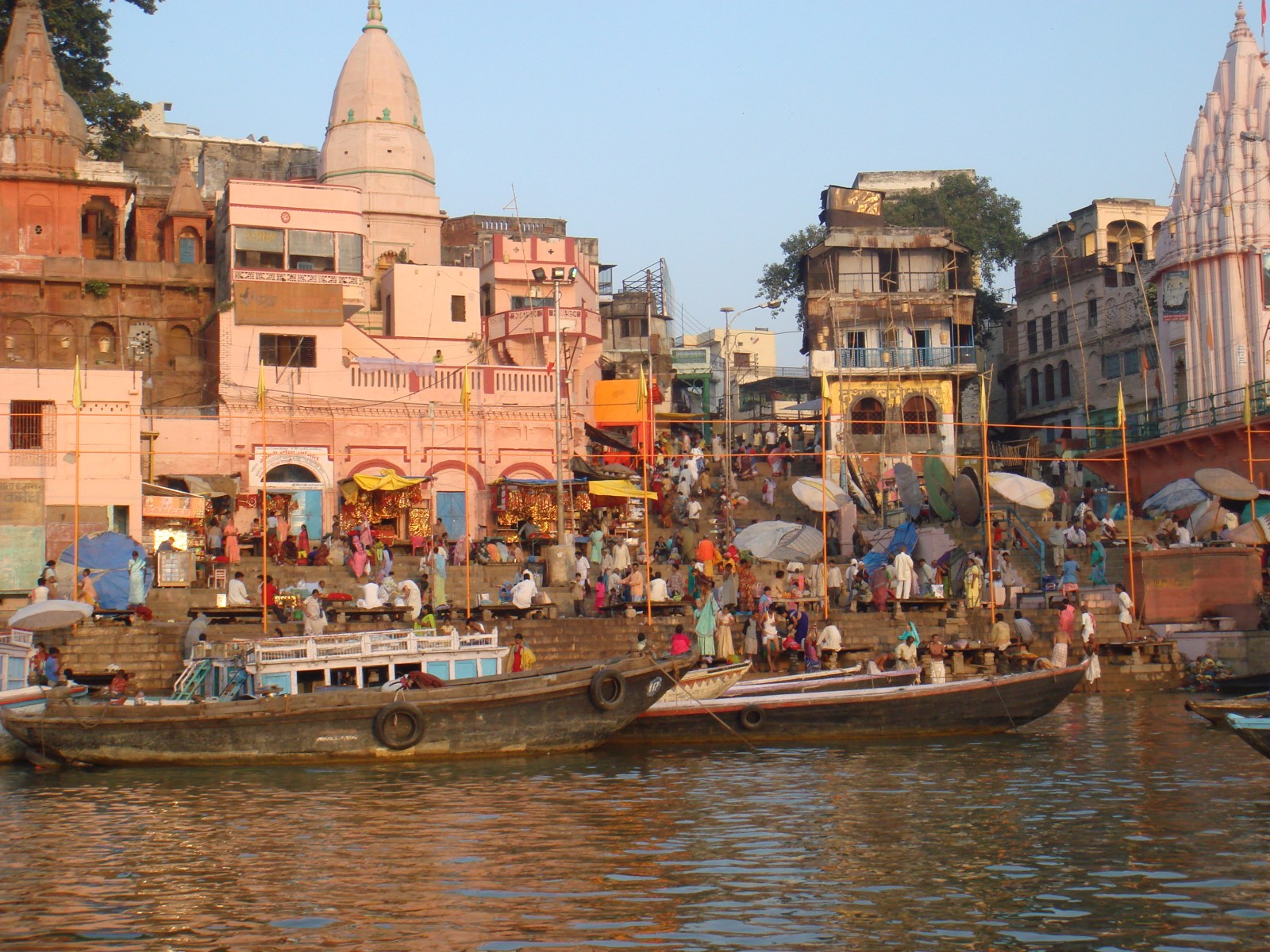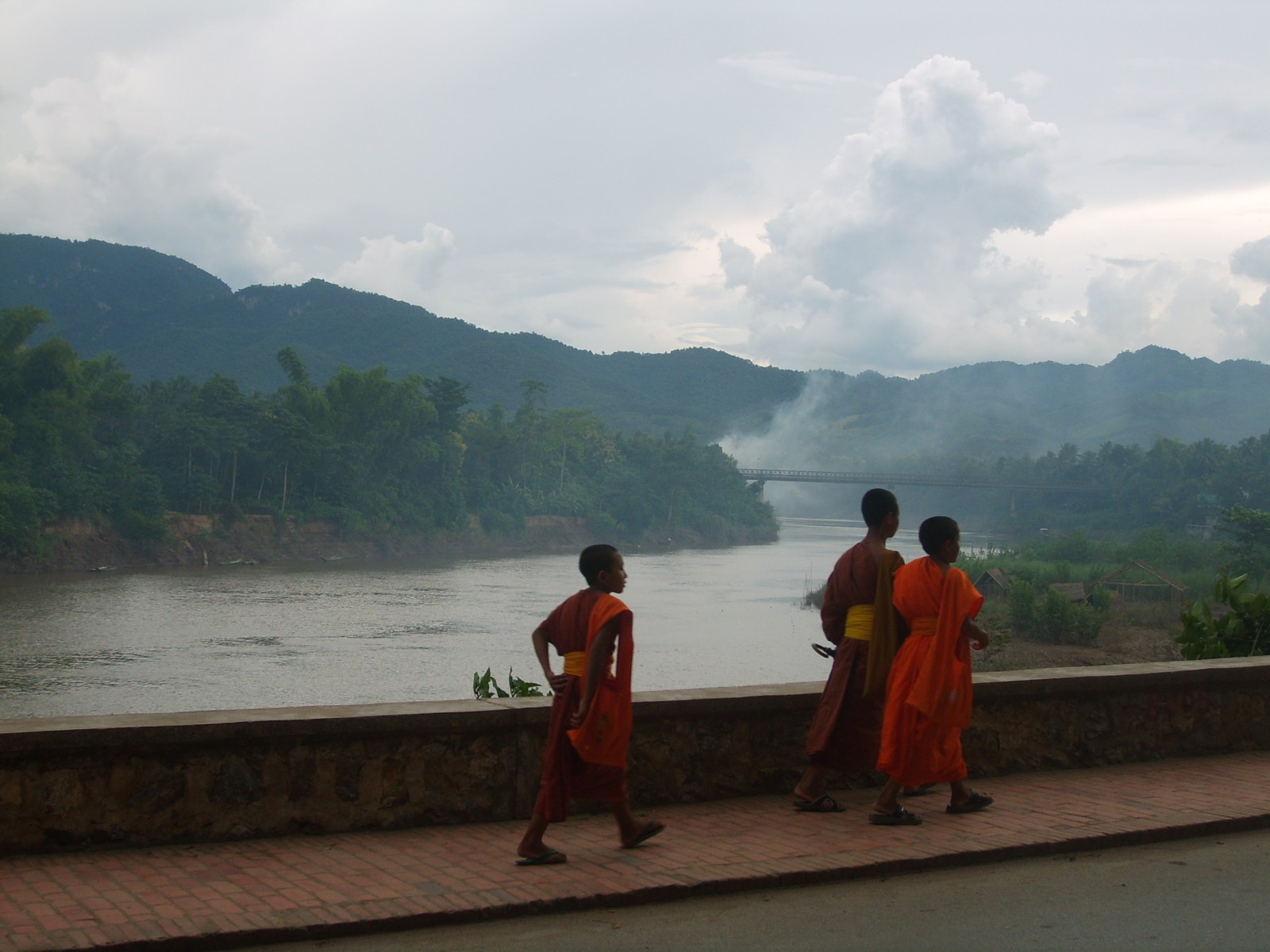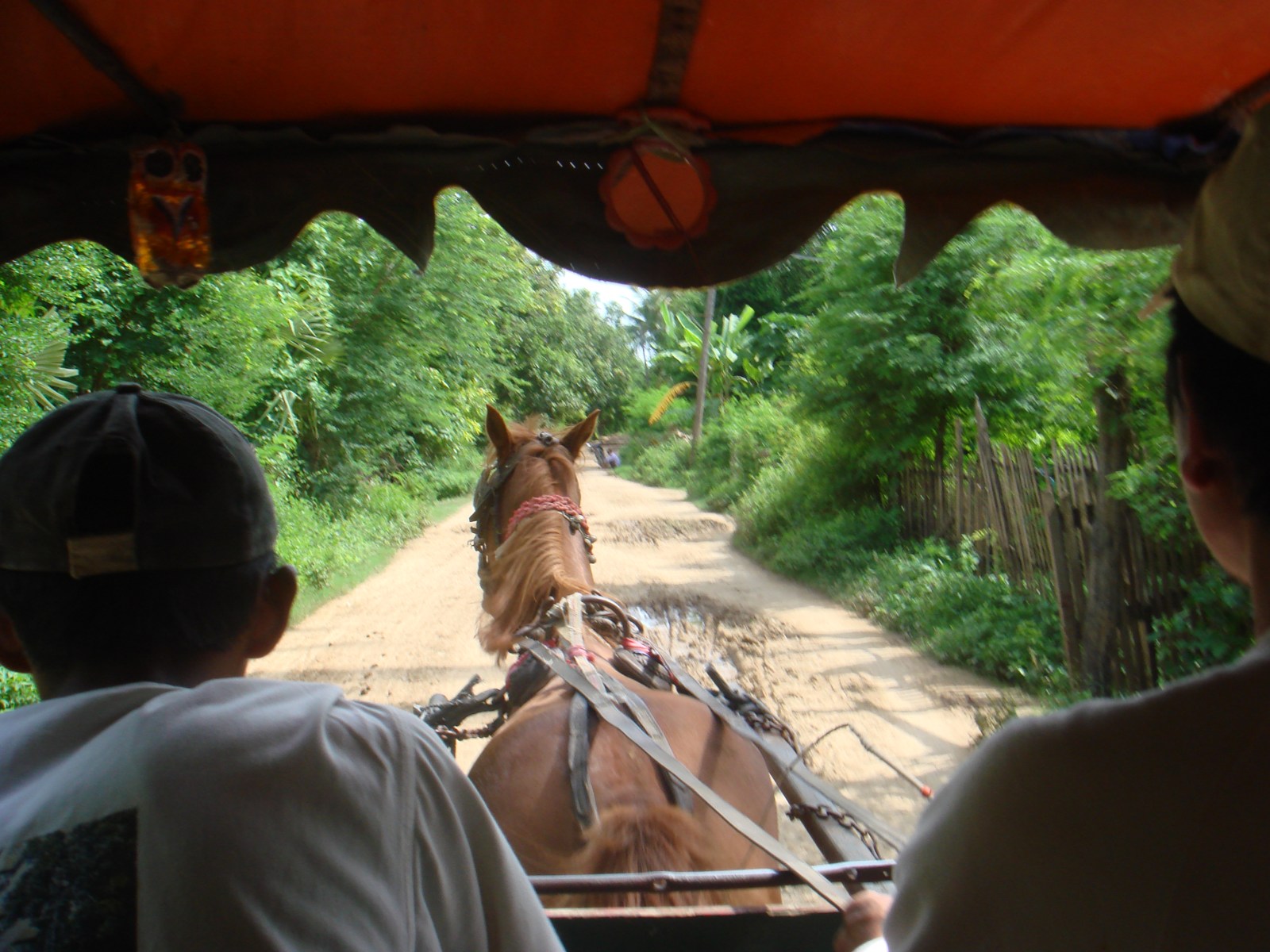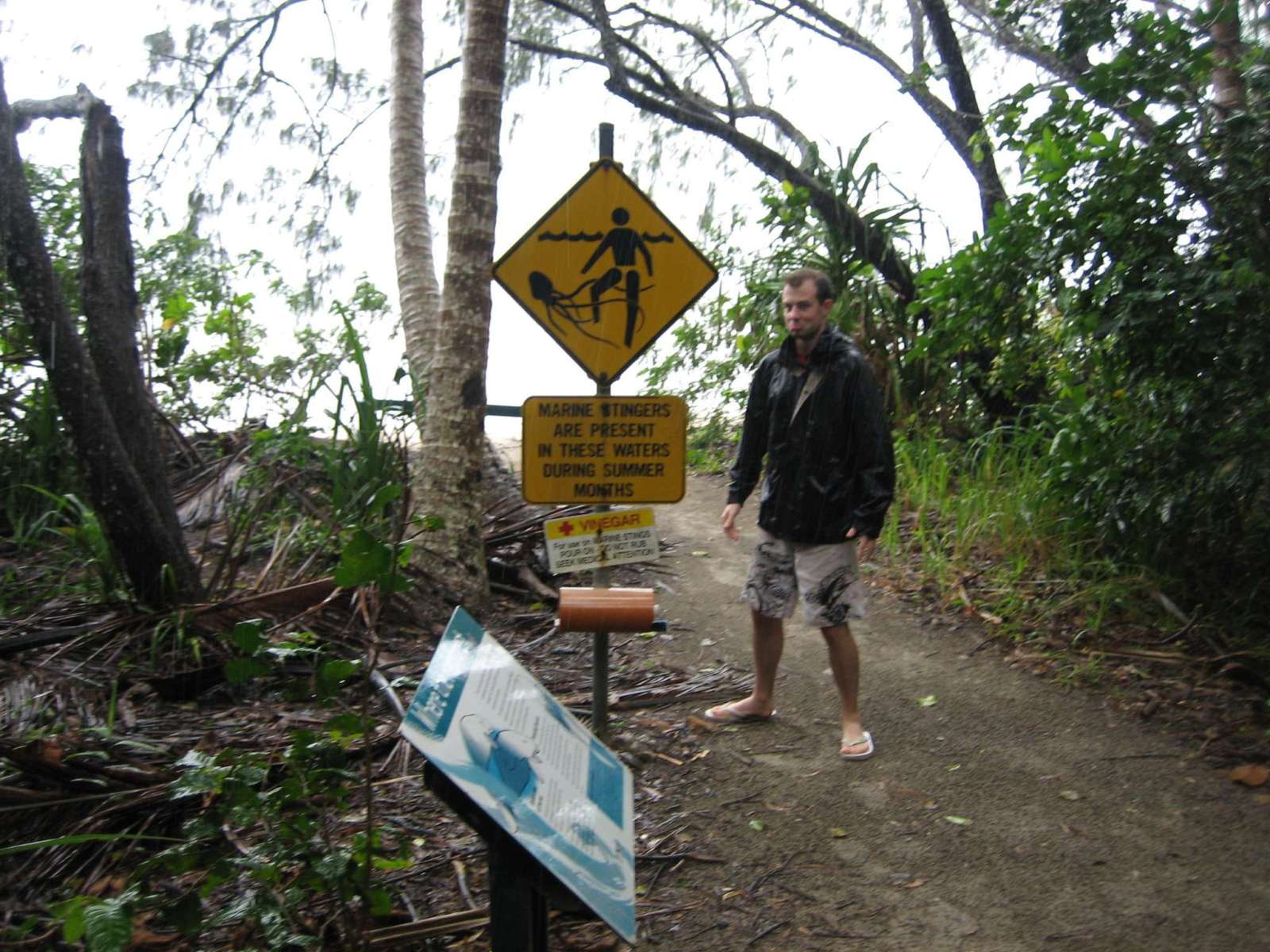As cradle of the Renaissance, Florence quite rightly is seen as one of the “must visit” sites in all of Europe. The Duomo, Michelangelo’s David and the Ponte Vecchio are world-class sites that are enjoyable for both art and non-art lovers, and the setting looking out across the terracotta roofs and to the distant Tuscan mountains really are beautiful. But, I would say that a big part of Florence’s enjoyment is dependent on your knowledge of Renaissance art and, if you don’t have that, it can get a tad tiring. If, like me, you are in that less cultured group, I would suggest either learning more about it before the visit (I would recommend reading the fascinating biography of Leonardo da Vinci for a bit of a starter that certainly helped me with a bit of context), or limit your visit to 2 days
Length of time: 1-2 days
Two days in Venice
If you get Venice right, it is a truly magical experience, but the difficulty is trying to make your experience not dominated by the hoardes of fellow tourists. I won’t write a detailed review for Venice because it was some years since I visited, but my biggest 3 tips are:
#1 Get lost and do so in areas without the major attractions – you’ve probably heard this before, but the most enjoyable experience is when you are completely lost in the tiny alleyways and find some square or open area that is super quiet and makes you feel like having Venice to yourself. Zero chance of having that feeling in the famous spots
#2 Avoid summer, weekends and Carnival (usually February) – we visited in the winter and it felt far quieter. Weather didn’t limit anything we wanted to do
#3 Stay overnight – that way you avoid the day trippers and have that great spooky feeling when wandering through the streets in the, hopefully, misty evening
Boating around the serene Inle Lake
Getting lost in the kaleidoscope of colours in Varanassi
Varanasi feels like a microcosm of India – nowhere else will you see such such a vibrant variety of cultures, religions and colours, yet this is also combined with the thronging masses of people all around you and the rubbish and pollution that comes with such numbers
I loved my time in Varanasi as I just headed off to get lost in amongst the lanes, wandered into incense-heavy temples and looked over the riverside ghats as people washed themselves for ritual, or just washed themselves. I can also understand though why some might find it a bit oppressive. Either way, it feels like one of the must do experiences of this wonderful country
Some simple tips:
- Get lost in the small alley ways – its all part of the experience and you’ll no doubt find some cool temples and views of the Ganges that aren’t in the standard tourist route
- Try to avoid taking a standard tourist tour of the Ghats. Instead, find one of the guys with his own boat near the water and get him to take you out. It just avoids being crammed into a boat with 40 other fellow tourists
- Its India, so be ready for people near-constantly nagging you to sell you something, but it is probably a bit worse in Varanasi and it is a tourist hotspot where people tend to have spent a lot to visit
Waterfalls and mountain views in Luang Prabang
Mandalay’s surrounding sites
- Mandalay Hill – when walking around Mandalay, it can feel a bit like one sprawling road after another and the sides of the Palace are LONG so take a while to look around. Instead, if near the Palace, head up Mandalay Hill for great views over the whole city and Palace, and some smaller temples and pagodas on the way up the nice covered stairway
- Mingun Paya – take a short boat ride up river to this rather unusual site. It’s unusual in the sense that 1. It was, at the time, supposed to be the world’s largest stupa. Only “supposed to be”, because the King who sanctioned its construction died with only 1/3rd completed. 2. Now it is basically the world’s largest pile of bricks. 3. It has large crack down its side from an earthquake in 1838. 4. Right next to it is the Mingun Bell which at 90 tonnes has been at various times in history the world’s largest bell. Not enough for you? Its a nice boat trip
- U-Bein Bridge -the world’s longest teak bridge and a route used regularly by the nearby locals and monks. The cool thing is that the water level varied dramatically through the year so, in wet season you see various buildings largely underwater, whereas in dry season you see the buildings from a strangely high bridge
- The Maha Aungmye Bonzan Monastery within the former royal capital of Inwa. The monastery itself is a stunning yellow, but its also fun to get a horse cart / cycle around the overall site
Cycling around the Temples of Bagan
4000 Buddhist temples scattered across a wide plain in central Burma that is pushed up on 2 sides by the Irrawaddy River and described by Marco Polo as “one of the finest sites in the world”, Bagan rightly claims its title as the highlight of a trip to Burma, a UNESCO world heritage site and one of the top temple sites in the world
But, as with giant temple complexes of such fame, my key tip is not to get dragged into the mass tourism of the place and, instead, try and give yourself an experience that feels more wonder and adventure rather than latest site to tick off on the tourist trail. To do this, give yourself at least a day to head off on a bike and simply get lost amongst the wonder of it all. Your guide / hotel can give you the directions for where will have the fewest fellow tourists at the time of year (usually the Central and South Plains). This will allow you to enjoy Bagan for what it was like before Burma started to really open up and make you still dumfounded that even with so much variety in so concentrated a place, some temples the size of cathedrals simply have numbers rather than a name. Getting that feeling of wonder by having some of these temples largely to yourself is what makes this such a memorable experience
Camping in the Daintree Rainforest
For most people, the Australian East Coast trip ends at Cairns as it’s the last town to fly back from. But, if you continue just another couple of hours north you hit the UNESCO World Heritage listed Daintree Rainforest which is the oldest continually surviving tropical rainforest in the world. The whole north trip from Cairns feels like you’re escaping the well trodden tourist path as you need to cross flooded roads, say goodbye to electricity from anything other than generators and leave yourself open to nature. You have jellyfish stopping you swimming in some places, the constant sound of birdsong and insects of the jungle, and frogs getting just about everywhere. A real getting back to nature experience – but prepare to get very very wet!
Glamping on Great Keppel Island
White sand beaches, practically no traffic, 90% natural bushland and a chilled out vibe. Very little not to like about Great Keppel Island and, whilst its not quite in the usual top lists for Queensland, its nevertheless a beautiful place to spend a couple of days
Driving across the Nullarbor Plain
The Nullabor Plain is a giant, flat and practically treeless plain (nullabor in Latin means “without trees”) on the Great Australian Bight coast between Western Australia and Southern Australia. Whilst there are some stunning cliffs and a hill range in the distance, the region is known for, well, basically having nothing there . . . no trees . . . no small towns . . . not even the bright red sand you associate with the outback. All you find is some scrub and the one road that connects the 1250km / 777miles between Norseman and Ceduna . . . part of which has longest stretch of road without a turn at 146km / 91miles. Now that may sound dull . . . and it is . . . but there is something cool and unique about staring ahead at the straight road of nothingness around you and knowing, for the next 12 hours or so, all you’ve got are road trains and lunatic cyclists to occasionally keep you company
If can, don’t fly from Perth to Adelaide – driving across the Nullabor Plain is way more of an experience and about the closest you’ll come to feeling like you’re in the Mad Max post-apocalyptic world. I swear I saw Tina Turner singing on the side of the road at some point
Couple of tips:
- Gas – fill up with as much gas as you can beforehand. Less so from a safety point of view (whilst it is super remote, you do have fellow strange people driving by who can help). It is more just from a cost point of view – the petrol stops along the way are very expensive
- Camping – you can camp in a couple of places along the way that provide basic facilities. Don’t camp just off the road – when you see just how much the roadtrains swing when they’re hurtling along at 150km / 90 miles per hour, you’ll realise why

